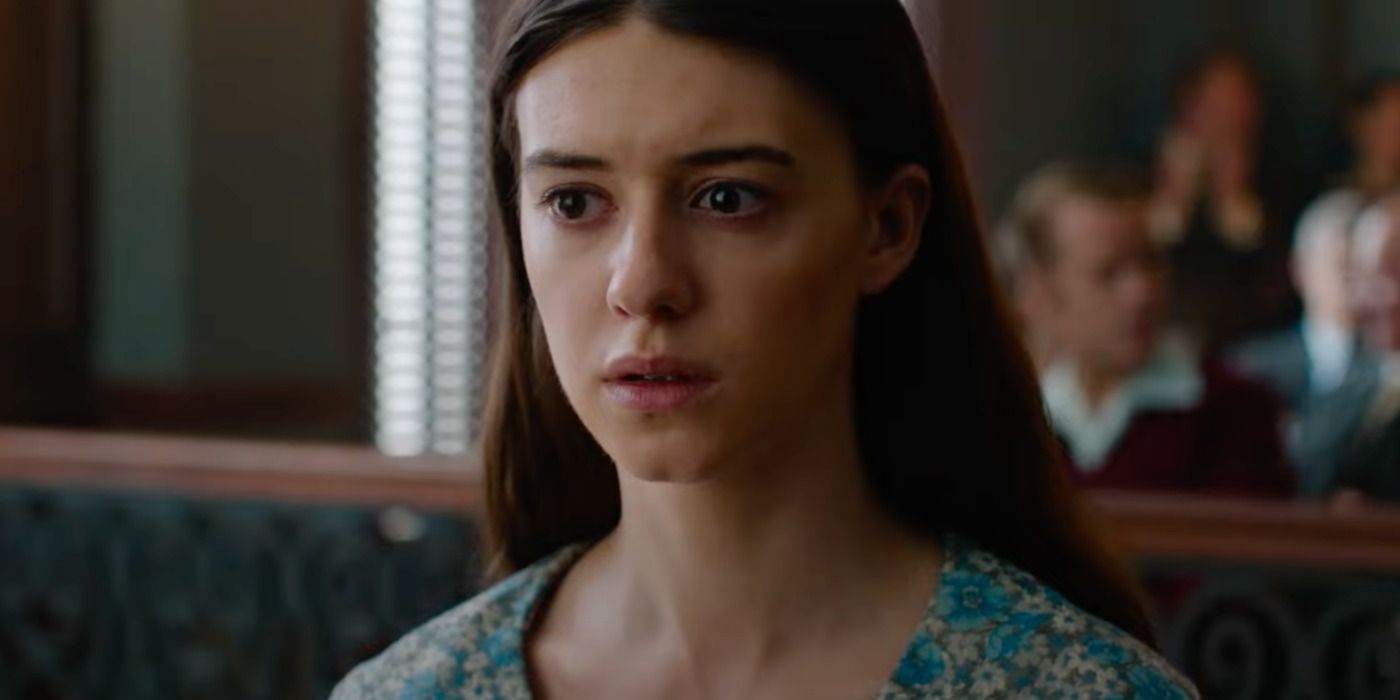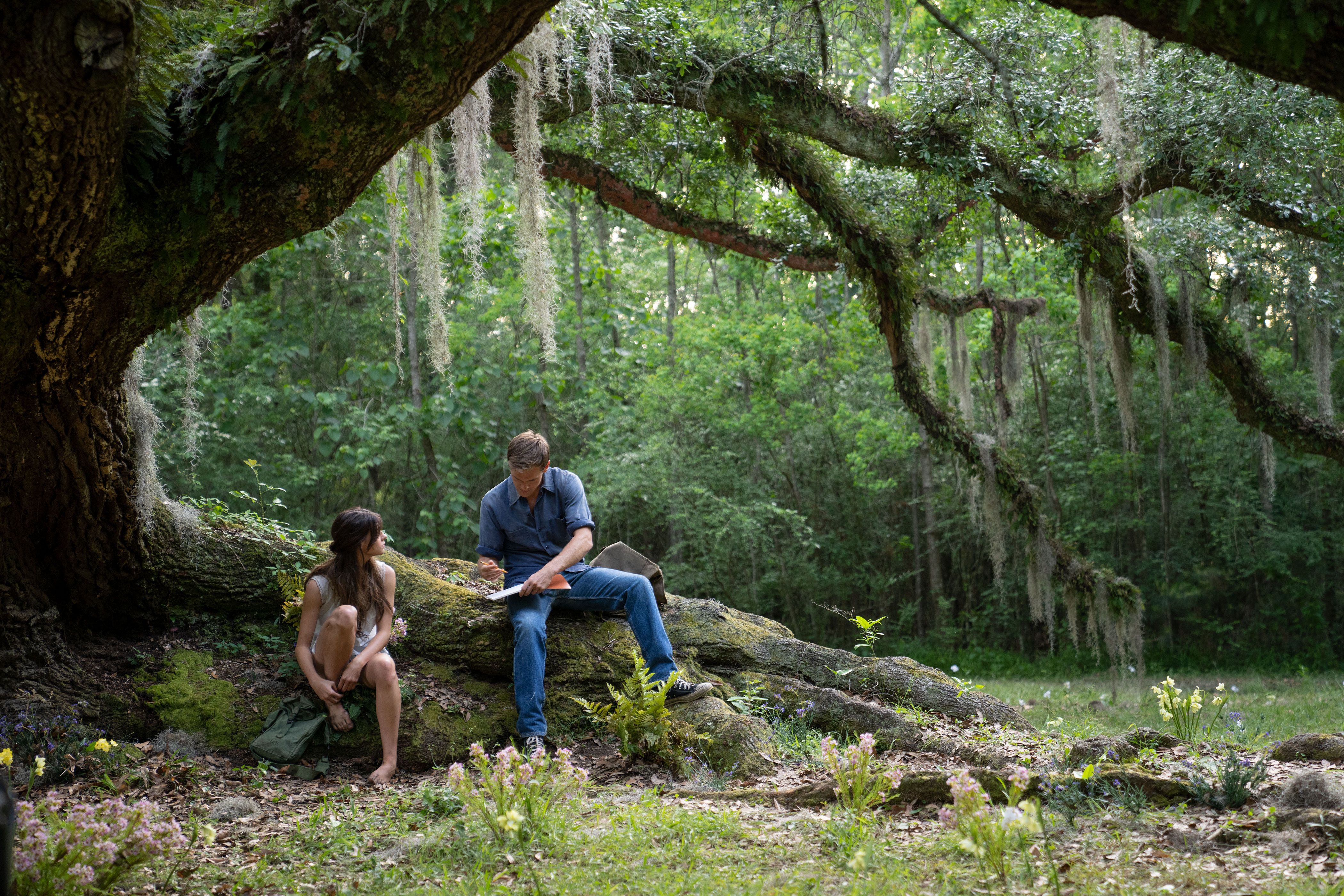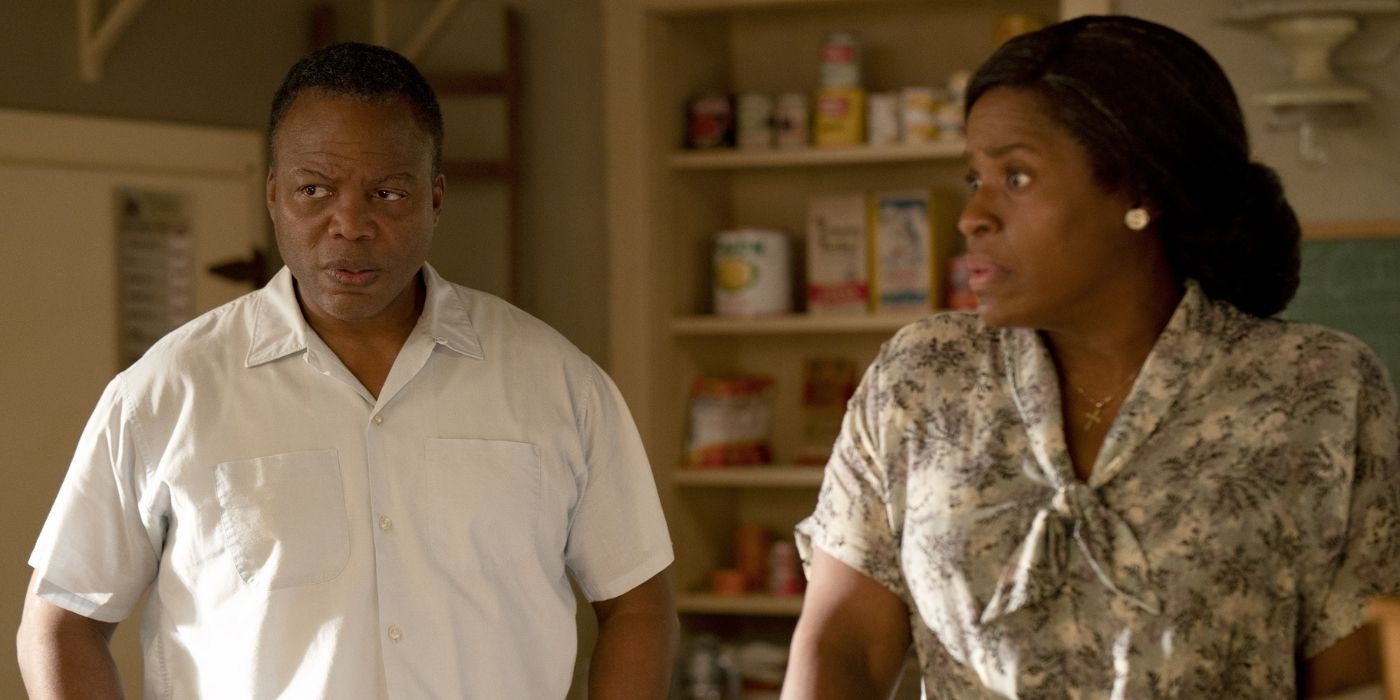The Reese Witherspoon-produced film adaptation of Delia Owens‘ New York Times bestseller, Where the Crawdads Sing, is finally in theaters, with Daisy Edgar-Jones shining in the lead role of Kya Clark. The movie stays true to the novel’s core values and even executes minute details with a genuine eye toward the original text. Almost every aspect is included in the translation. However, there are a few elements of the book that are not included or are changed in Lucy Alibar‘s screenplay. From discussions of race, chronology, and through-line themes, to silly little details that might not seem necessary at first glance, there are plenty of topics to go over when comparing the two works.
Firstly, it would be beneficial to go through all the small things that changed between the book and movie that are noticeable to big fans. These might seem inconsequential at first, but in digging deeper, there are important messages that are missed because of these tweaks. Whether it be the lack of Tate’s (Taylor John Smith) red hat during his childhood, Tate’s new confrontation with Chase Andrews (Harris Dickinson), or the cutting of Tate’s father’s death (there’s a lot changed about Tate), each slight shift raises questions and has a ripple effect in the narrative. Even Kya’s hair color is changed from black to brown.
The Dog Gone
The most glaring example of this ripple effect would be the changes made to the local town bar. The Dog Gone, an establishment that is barely highlighted in the film, is combined with the town cafe (a separate business in the book) and is staffed by a peppy woman in blue. What is so significant about this is that Owens notes several times that women are not allowed in the Dog Gone, specifically making a show of discussing the first two women to patron the bar as Barkley Cove enters the modern age. Without this detail, viewers miss an aspect of one of the story’s prime themes: the treatment of women in the mid-century South. While it does not affect the overall arc, there is definitely something disappointing about its omission.
Discussion of Race
Another aspect of the novel that is disappointingly left out of the film is the commentary on the treatment of Black people in the time period. Through internal voice, it is revealed that Kya has many thoughts on her relationship with father-figure and shopkeeper, Jumpin’ (Sterling Macer, Jr.), who is Black. While this rumination is not easily translated to the screen, as we cannot read Kya’s thoughts, it definitely hurts the film to leave out the discussions of why Kya cannot hug Jumpin’ or why he and his wife, Mabel, create a disturbance by sitting in the first row of her trial. Perhaps the most controversial decision was that to remove the scene where Kya defends Jumpin’ from two white boys who harass him in the street. The scene certainly speaks to Kya’s character, but also has a slight nod to the white savior trope, so its removal is worth a serious dialogue.
Reordered Chronology
Perhaps the most noticeable change made in the transition from page to screen is the chronology of the story. Several plot points are moved, such as how many books Kya has published when she is charged with murder or when she is able to pay the back taxes on her property. However, it is not just simple points that are reassembled. The entire story is seemingly jostled around, completely changing how movie-goers view it. While the book came at the narrative from the point of view of Kya’s life, interspersing flash-forwards of the murder investigation sporadically between long stretches of description of Kya’s experience growing up in the marsh, falling in love, losing people, and eventually being arrested, the film starts with Kya’s arrest.
The plot of the movie is based around the murder trial, with all context coming in the form of well-timed flashbacks to Kya’s past, fully flipping the narrative on its head. Because of this, viewers tend to see it as a murder mystery, rather than a coming-of-age about a wronged woman coming to a head with her being accused of said murder. It largely ignores the long spaces of Kya’s journey that detail her childhood being left by her family, growing up alone in the marsh, and becoming a renowned scientist. This encompasses the vast majority of the novel, with the trial merely being tacked on more than halfway through the story. When the plot is structured this way, readers are able to see Kya as a whole person and not just as someone to prove guilty or not guilty. Without this, it becomes easy to neglect her, especially dampening the revelation at the end and making it harder to extend empathy to Kya.
Where Did Amanda Hamilton Go?
The most substantial change to theme in the film is the cutting of Amanda Hamilton. Hamilton, a prolific poet published in many local papers and magazines around Barkley Cove, is a subject of great admiration for Kya. Along with a few others, such as Emily Dickinson, Kya frequently recites or remembers her poems throughout the novel, each relating to her current situation. At the end of the book, Tate finds pages and pages of Amanda Hamilton poems in Kya’s handwriting after her death, revealing to the audience that she was secretly submitting her work under the penname the whole time. While it might have been smart for timing to remove Hamilton’s poetry from the film, as it does not play into the story, it is certainly disheartening and removes an entire aspect of Kya’s personality. The surprise at the end is not as intriguing without this additional revelation, again diminishing the audience’s empathy for Kya.
While each of these significant differences between the Where the Crawdads Sing movie and book do hurt the film’s success, it still stays largely true to the original text, doing Owens a great justice. If viewers are looking for an adaptation that includes all the details key to making its predecessor a success, they need not look any further. Alibar, while taking her own creative liberties, does a great job of sticking to Where the Crawdad’s Sing‘s main spirit.























































![Social Media Spring Cleaning [Infographic] Social Media Spring Cleaning [Infographic]](https://imgproxy.divecdn.com/9e7sW3TubFHM00yvXe5zvvbhAVriJiGqS8xmVFLPC6s/g:ce/rs:fit:770:435/Z3M6Ly9kaXZlc2l0ZS1zdG9yYWdlL2RpdmVpbWFnZS9zb2NpYWxfc3ByaW5nX2NsZWFuaW5nMi5wbmc=.webp)
![5 Ways to Improve Your LinkedIn Marketing Efforts in 2025 [Infographic] 5 Ways to Improve Your LinkedIn Marketing Efforts in 2025 [Infographic]](https://imgproxy.divecdn.com/Hv-m77iIkXSAtB3IEwA3XAuouMwkZApIeDGDnLy5Yhs/g:ce/rs:fit:770:435/Z3M6Ly9kaXZlc2l0ZS1zdG9yYWdlL2RpdmVpbWFnZS9saW5rZWRpbl9zdHJhdGVneV9pbmZvMi5wbmc=.webp)

















